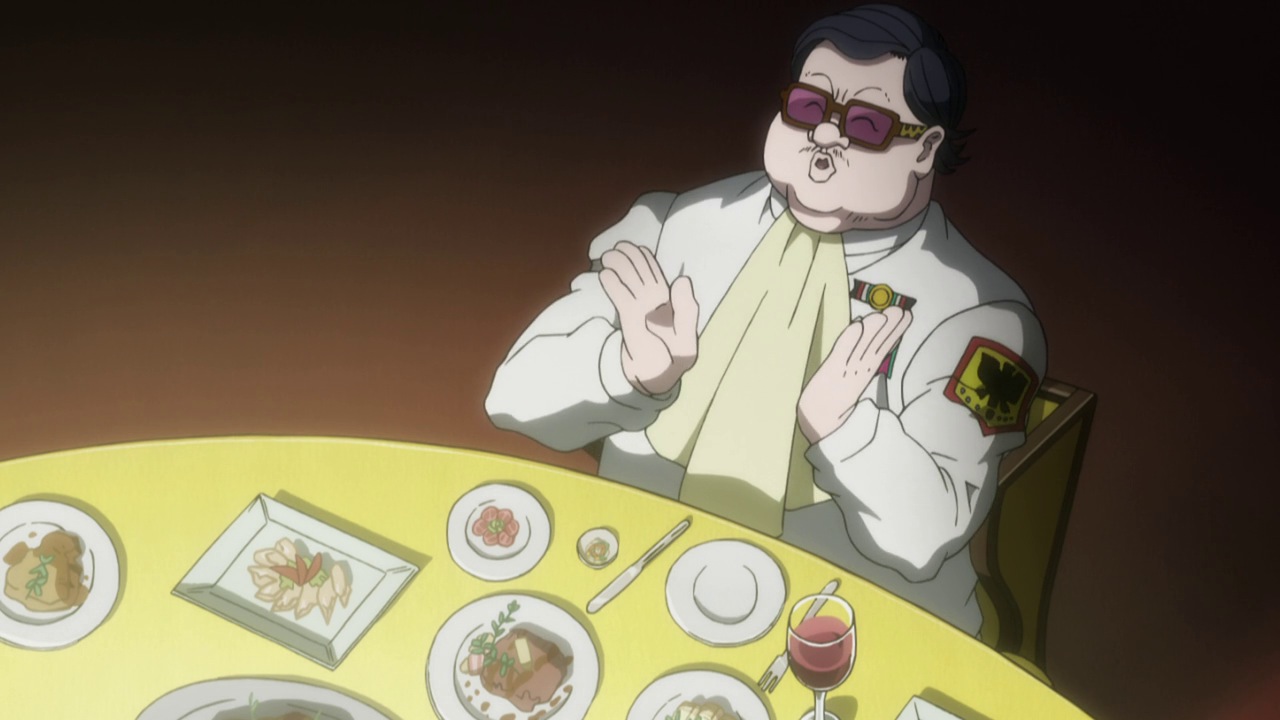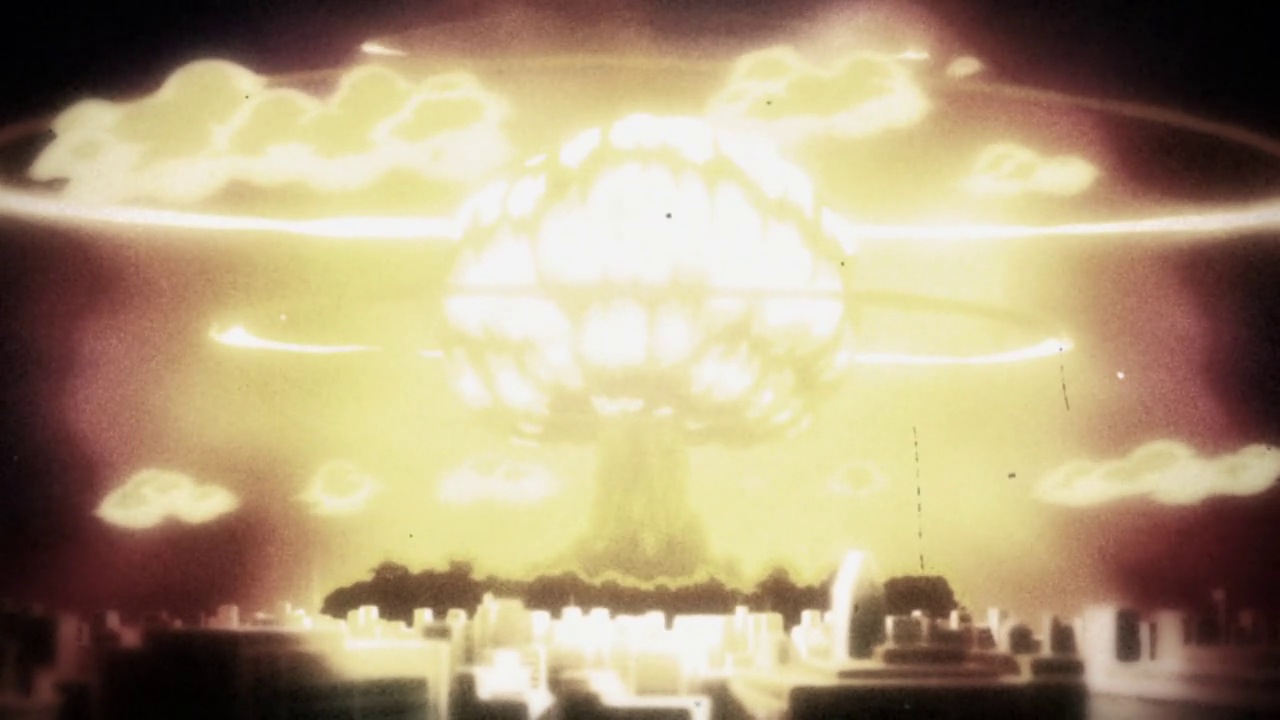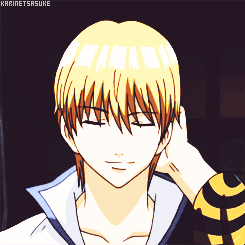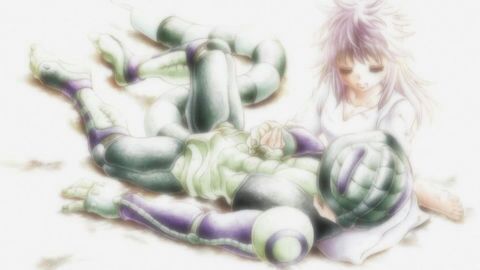I will be bit late this round so until i post my own review please read this excellent review by Ryan
"
The programme was originally created as a manga by the legendary Yoshihiro Togashi during the mid 90s and whose previous work is another programme that is considered a classic, Yu Yu Hakusho. Togashi has the unique ability to make complex, interesting characters – good and bad – within a shonen without having to rely on obvious tropes, canon episodes or throwaway scenes in order to develop these characters.
The programme follows a core group of relatable characters: Gon, Killua, Leorio and Kurapika. The first couple of episodes focus on Gon who has embarked on a long and perilous journey to become a hunter. On the way, he meets Kurapika, Leorio and Killua who become his important friends and pivotal in many of the later stories. There are seven narrative arcs and each of them are strikingly different from one another: a battle royale style fight to the death; a quickly evolving colony of ants who threaten humanity; a terrifyingly evil crime organisation who take on the mafia; a videogame world where players have to complete challenges and fight other competitors in order to collect cards; and two, smaller ‘training’ arcs that function as a way to transition from one major story to the next. The variety between each of these major stories is commendable and it is to Togashi’s credit that he could pull off having different narrative arcs that borrow heavily from other genres. At some points it is an adventure story, on other occasions it is a typical action shonen, and one arc even effectively fashions itself as a gloomy, crime-thriller.

and Chimera Ant arcs stand head and shoulders above the rest. The former takes the form of dark and foreboding, noir crime-thriller where a group of ruthless mercenaries infiltrate underground auctions. The latter focuses on a carnivorous colony of ants that become stronger by eating sentient beings and quickly become powerful enough that they threaten humanity.
Both arcs highlight how HxH can create complicated story involving multiple characters without ever becoming convoluted or uninteresting whilst providing enough screen time for both the ‘good’ and ‘bad’ guys, but these arcs also highlights how Togashi can build up suspense prior to big battles through foreshadowing and having handful of intricate stories come to a head at the same time. For example, in the Yorknew arc Kurapika, who had been shown to have an unbridled hatred towards the people murdered his family, tracks this group down and slowly puts a plan into action that will allow him to take them out.
I loved that the main characters in HxH were rarely the most powerful or, for that matter, the most relevant. Often, it isn’t their strength, but their ability to out think their opponents that leads to their victory and it is rarely clear who will be victorious, creating endless possibilities for how a battle will end. One of my biggest qualms with most programmes in the shonen genre (fighting animes) is how it is usually obvious how a fight will end.
Gon and Killua function as a way to bring light to otherwise dark storylines. They can be funny, adorable, and capable of evoking strong emotions in the viewer, but, more importantly, their childlike innocence and playfulness contrasts with the gravitas of the situations which surround them. When shit goes down, they can often be found having a petty quarrel or playing rock paper scissors. They argue, have fun, and come up with unorthodox solutions to problems. Their whimsy provides a needed dichotomy as Hunter X Hunter has a tendency to evoke melancholy in almost every episode.
However, beneath their happy and friendly demeanour, lies deeply entrenched inner turmoil. Killua, for example, becomes emotionally dependent on Gon, using their friendship as a way to escape his previous life as an assassin and forget about the cruel torture he endured as a child. Their friendship later comes to a head when Killua realises that his friend has become selfishly transfixed on one of his own desires and ignored the pain it was causing him.
Togashi’s inherent ability to take intricate emotional issues and run with them in a way that is not only interesting but relevant to the plot is a hard thing to achieve, especially in an action focused genre such as shonen. Occasionally, I found myself siding with the ‘bad guys’ or disagreeing with one of the main characters choices, reflecting how everyone is inherently flawed, incapable of being perfect.
It isn’t just the story and characters that make Hunter X Hunter great, though, as it also has exceptional animation and a kicking soundtrack. The 2011 version of the series, unlike the 1999 one, went all out to create an anime that delivered on all fronts. The original was flat and lifeless whilst the remake was charming and compelling. The reason why I feel the latter succeeded where the original failed is due to the high quality animation and the orchestral soundtrack that brought the characters and their stories to life.
Soundtrack of the 2011 anime
"
Source




 & best luck to all contenders !
& best luck to all contenders !










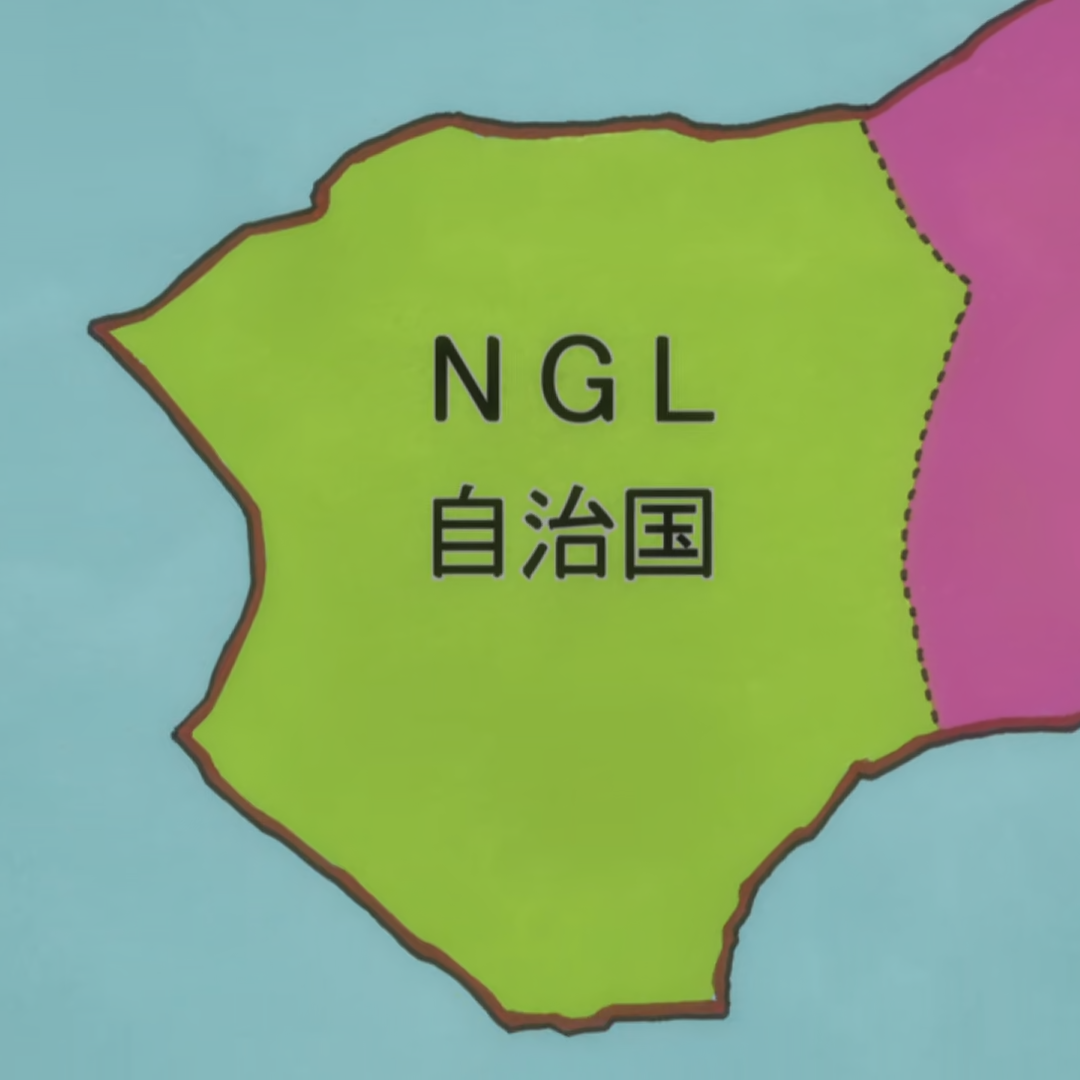
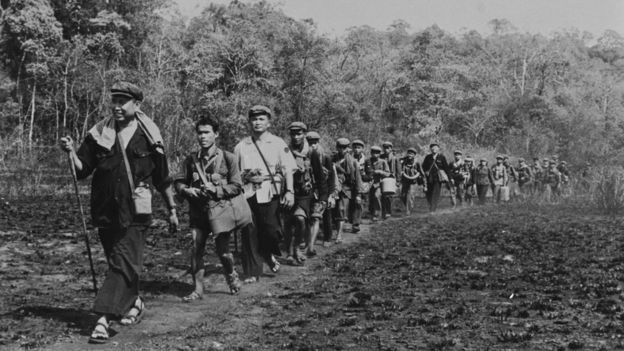
:max_bytes(150000):strip_icc()/PolPot-8dcf5ba5d1e94862916938c70c37318c.jpg)

